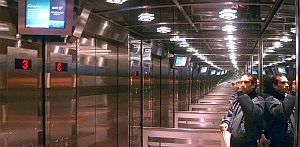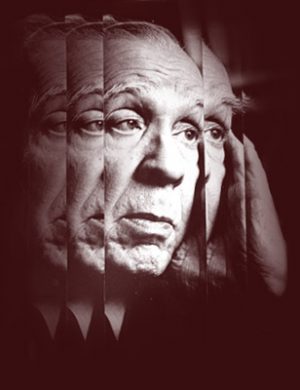
“It is said by men worthy of belief (though Allah’s knowledge is greater) that in the first days there was a king of the isles of Babylonia who called together his architects and his priests and bade them build him a labyrinth so confused and so subtle that the most prudent men would not venture to enter it, and those who did would lose their way.
“Most unseemly was the edifice that resulted, for it is the prerogative of God, not man, to strike confusion and inspire wonder.
“In time there came to the court a king of Arabs, and the king of Babylonia (to mock the simplicity of his guest) bade him enter the labyrinth, where the king of Arabs wandered, humiliated and confused, until the coming of the evening, when he implored God’s aid and found the door.
“His lips offered no complaint, though he said to the king of Babylonia that in his land he had another labyrinth, and Allah willing, he would see that someday the king of Babylonia made its acquaintance.
“Then he returned to Arabia with his captains and his wardens and he wreaked such havoc upon kingdoms of Babylonia, and with such great blessing by fortune, that he brought low his castles, crushed his people, and took the king of Babylonia himself captive.
“He tied him atop a swift-footed camel and led him into the desert. Three days they rode, and then he said to him,
“O king of time and substance and cipher of the century! In Babylonia didst thou attempt to make me lose my way in a labyrinth of brass with many stairways, doors, and walls; now the Powerful One has seen fit to allow me to show thee mine, which has no stairways to climb, nor walls to impede thy passage.”
“Then he untied the bonds of the king of Babylonia and abandoned him in the middle of the desert, where he died of hunger and thirst.
“Glory to Him who does not die.”

“The Two Kings and the Two Labyrinths” – Found in Collected Fictions by Jorge Luis Borges, translated by Andrew Hurley, Penguin Books, 1998, p. 263-264.




